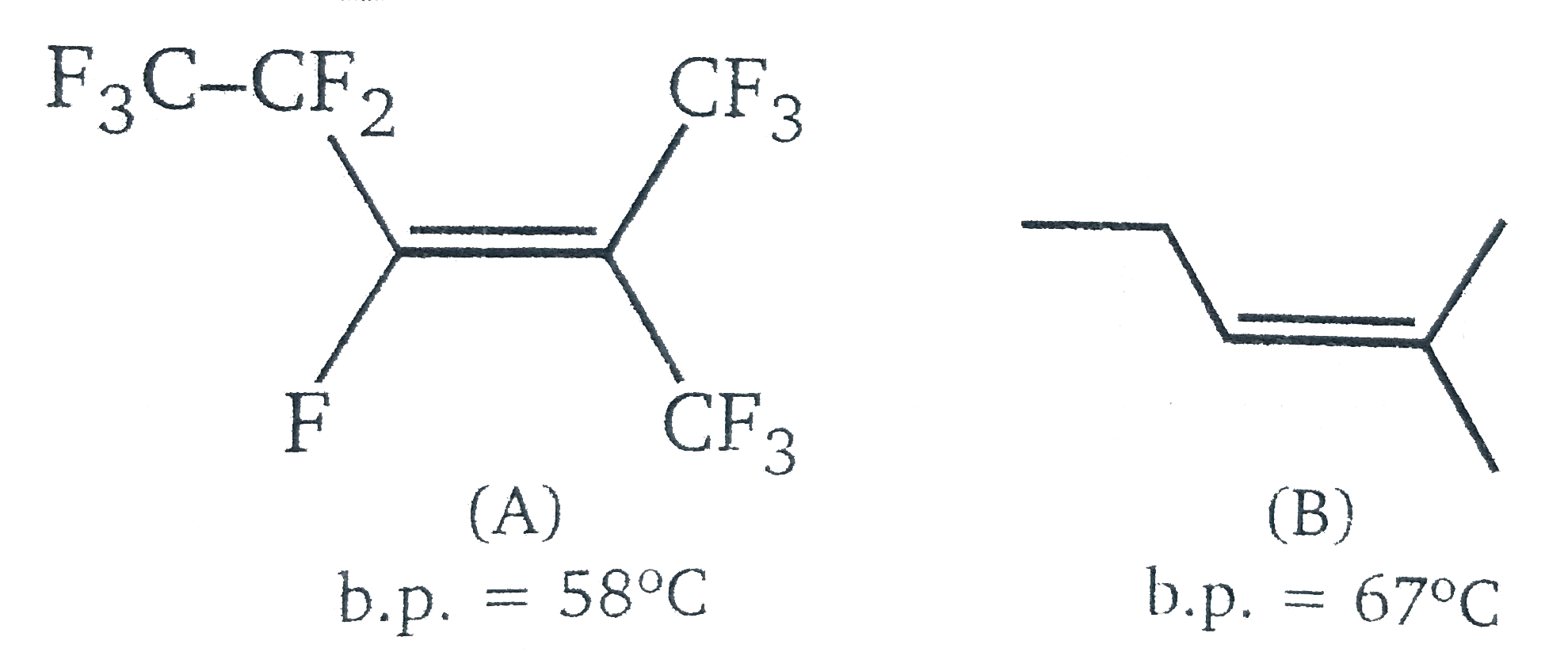Among the second period elements the actual ionisation enthalpies are in the order Li<B<Be<C<O<N<F<Ne.
Explain why (a) Be has higher ΔiH than B and (b) O has lower ΔiH than N and F?
(i) During the process of ionization, the electron to be removed from beryllium atom is a 2s-electron, whereas the electron to be removed from boron atom is a 2p-electron. Now, 2s-electrons are more strongly attached to the nucleus than 2p-electrons. Therefore, more energy is required to remove a 2selectron of beryllium than that required to remove a 2p-electron of boron. Hence, beryllium has higher ΔiH than boron.
(ii) In nitrogen, the three 2p-electrons of nitrogen occupy three different atomic orbitals. However, in oxygen, two of the four 2p-electrons of oxygen occupy the same 2p-orbital. This results in increased electron-electron repulsion in oxygen atom. As a result, the energy required to remove the fourth 2p-electron from oxygen is less as compared to the energy required to remove one of the three 2p-electrons from nitrogen. Hence, oxygen has lower ΔiH than nitrogen.
Fluorine contains one electron and one proton more than oxygen. As the electron is being added to the same shell, the increase in nuclear attraction (due to the addition of a proton) is more than the increase in electronic repulsion (due to the addition of an electron). Therefore, the valence electrons in fluorine atom experience a more effective nuclear charge than that experienced by the electrons present in oxygen. As a result, more energy is required to remove an electron from fluorine atom than that required to remove an electron from oxygen atom. Hence, oxygen has lower ΔiH than fluorine.
Topper's Solved these Questions
- CLASSIFICATION OF ELEMENTS AND PERIODICITY IN PROPERTIESBOOK - NCERTCHAPTER - CLASSIFICATION OF ELEMENTS AND PERIODICITY IN PROPERTIESEXERCISE - EXERCISE
40 Videos
- CHEMICAL BONDING AND MOLECULAR STRUCTUREBOOK - NCERTCHAPTER - CHEMICAL BONDING AND MOLECULAR STRUCTUREEXERCISE - EXERCISE
40 Videos
- ENVIRONMENTAL CHEMISTRYBOOK - NCERTCHAPTER - ENVIRONMENTAL CHEMISTRYEXERCISE - EXERCISE
20 Videos
Similar Questions
Among the second period elements the actual ionisation enthalpies are in the order Li<B<Be<C<O<N<F<Ne.
Explain why (a) Be has higher ΔiH than B and (b) O has lower ΔiH than N and F?
View SolutionAmong the second period elements the actual ionisation enthalpies are in the order Li<B<Be<C<O<N<F<Ne . Explain why?
Be has higher (ΔiH)1 than B
View Solution
Knowledge Check
The second ionization enthalpies (ΔiH2) of alkali metals are
Avery lowBlowChighDvery high
Among the second period elements the actual ionisation enthalpies are in the order Li<B<Be<C<O<N<F<Ne . Explain why?
O has lower (ΔiH)1 than N and F ?
View SolutionAmong the third period elements, the actual ionization enthalpies are in the order Na<AI<Mg<SI<S<P<CI<Ar. Explain why:
(i) Mg has higher ΔiH than AI. (ii) S has lower ΔiH than P and CI.
View SolutionExplain why A has lower point than B ?

View SolutionThe second ionisation enthalpies of both Cr and Cu are higher than those of the next element. Explain.
View SolutionThe second ionisation enthalpies of both Cr and Cu are higher than those of the next element. Explain.
View SolutionAmong second period elements, the correct order of first ionisation enthalpy is :
1 Li < Be < B < C < N < O < F < Ne
2 Li < B < Be < C< O < N < F< Ne
3 Li > Be > B > C > N > O > F > Ne
4 Li > B > C > Be > O >N > F > Ne
View SolutionWhy second ionization enthalpy is always higher than the first ionisation enthalpy for every element?
View Solution
